Camera at origin, black and white checkerboard in front, red and blue checkerboard in back
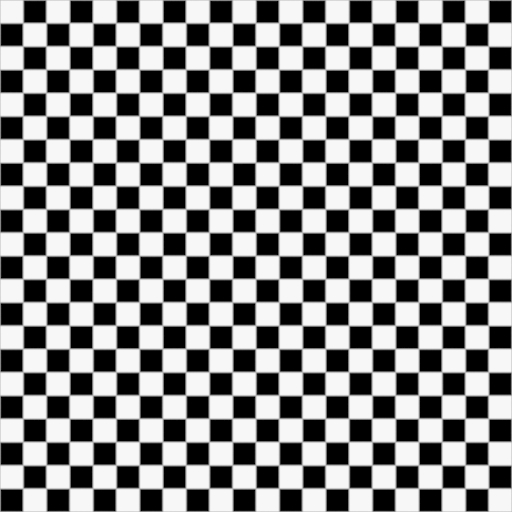
Beta = (0, 0, 0)
This is what you would see with a galilean camera, at any speed.
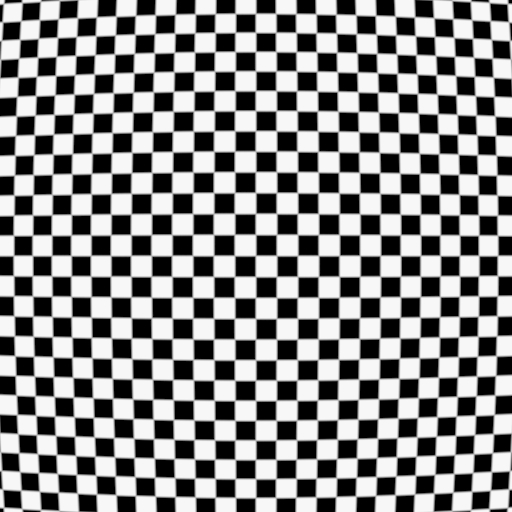
Beta = (0, 0, 0.1)
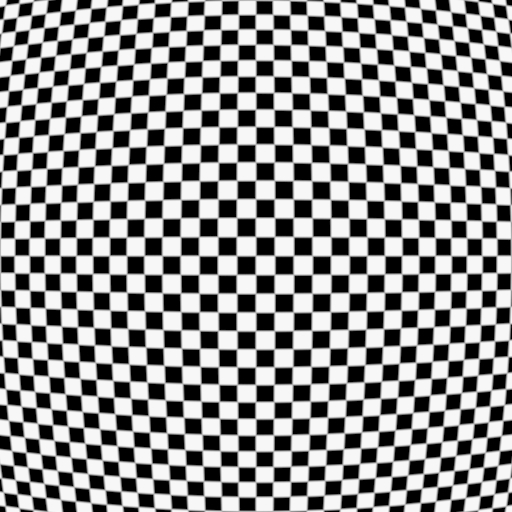
Beta = (0, 0, 0.2)
Slight warping becomes noticeable
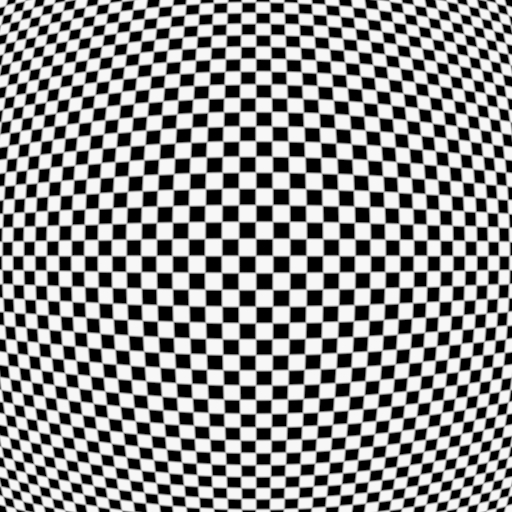
Beta = (0, 0, 0.3)
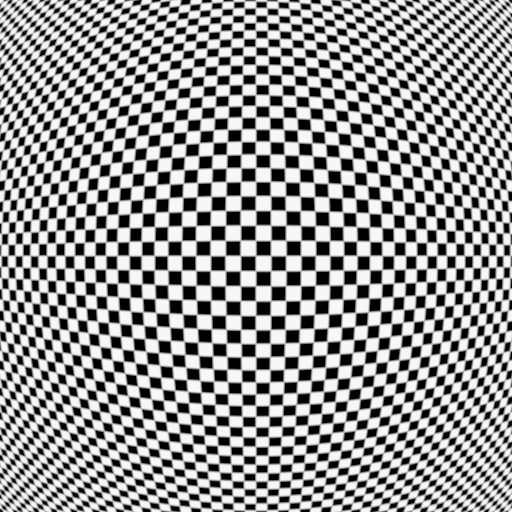
Beta = (0, 0, 0.4)
Warping definitely there
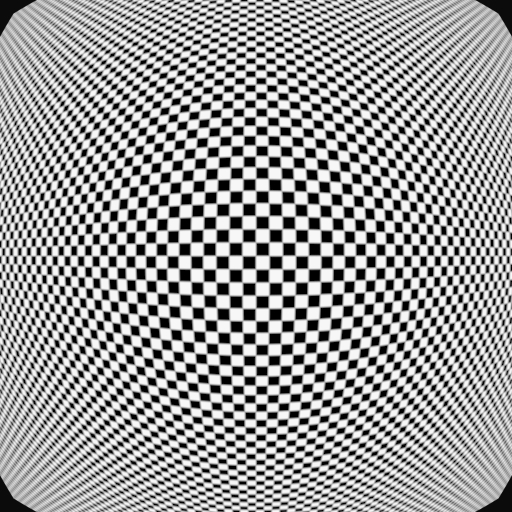
Beta = (0, 0, 0.5)
Edges of checkerboard becomes visible
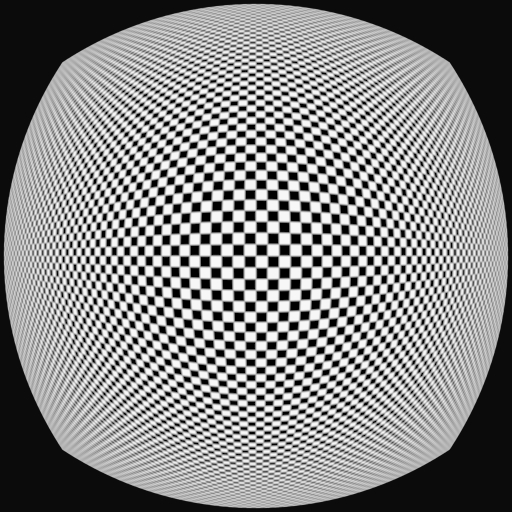
Beta = (0, 0, 0.6)
Entire checkerboard fits in field of view. Note that the camera is always at the same place at time 0; yet the checkerboard field becomes denser.
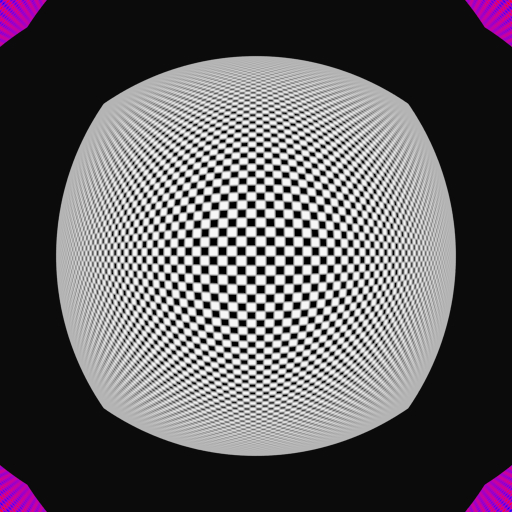
Beta = (0, 0, 0.7)
The red/blue checkerboard which is *behind* the camera becomes visible
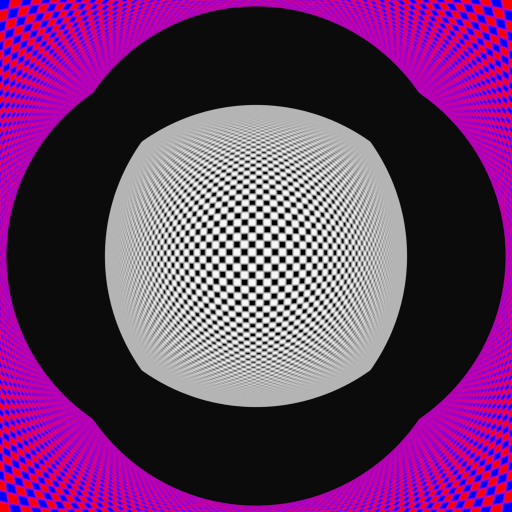
Beta = (0, 0, 0.8)
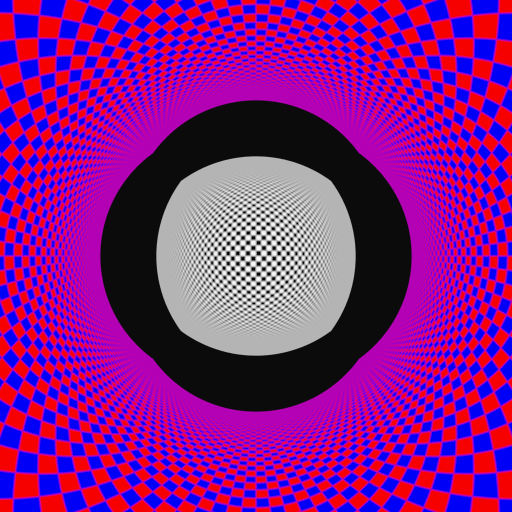
Beta = (0, 0, 0.9)
Most of the red/blue checkerboard is visible.
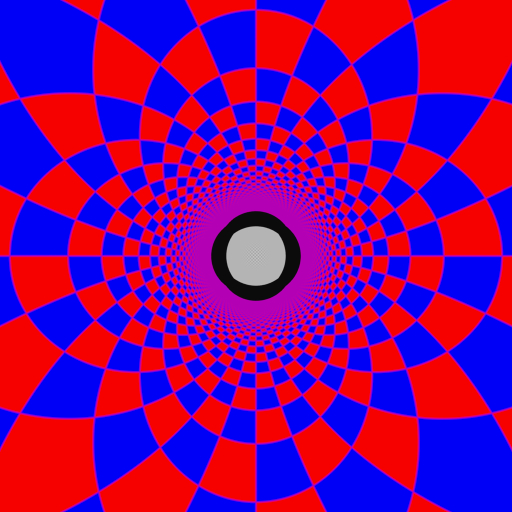
Beta = (0, 0, 0.99)
More of the red/blue checkerboard is visible than the black/white. This is about the limit before floating-point error produces strange results. As |Beta| goes to 1, the field of view expands to fill the entire sphere.
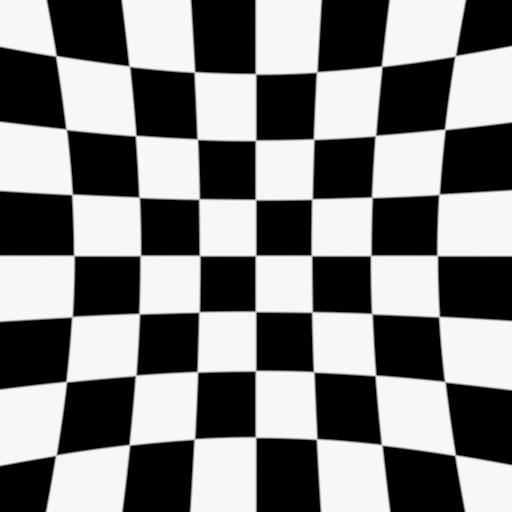
Beta = (0, 0, -0.7)
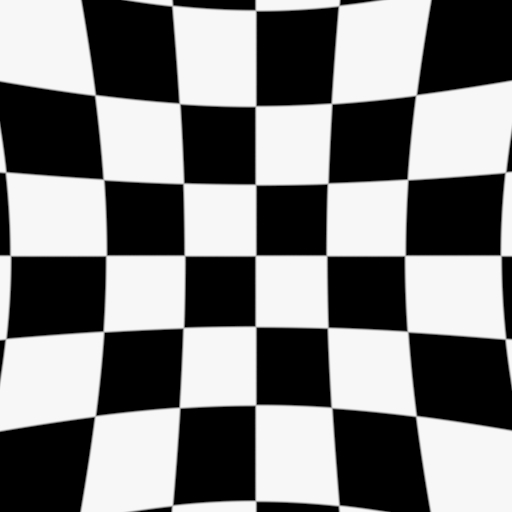
Beta = (0, 0, -0.8)
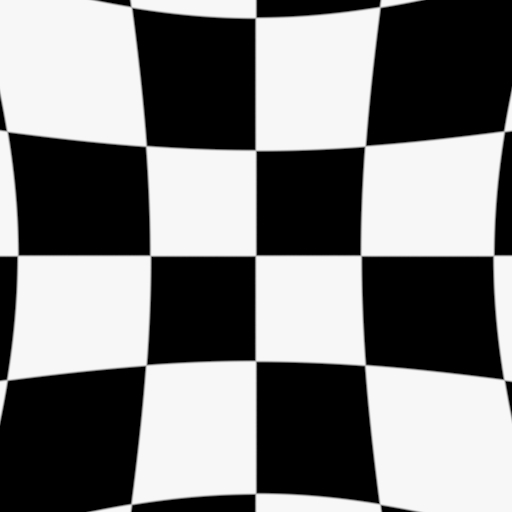
Beta = (0, 0, -0.9)
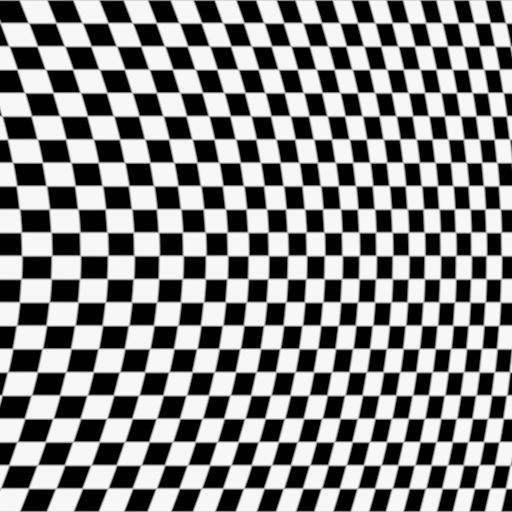
Beta = (0.5, 0, 0)
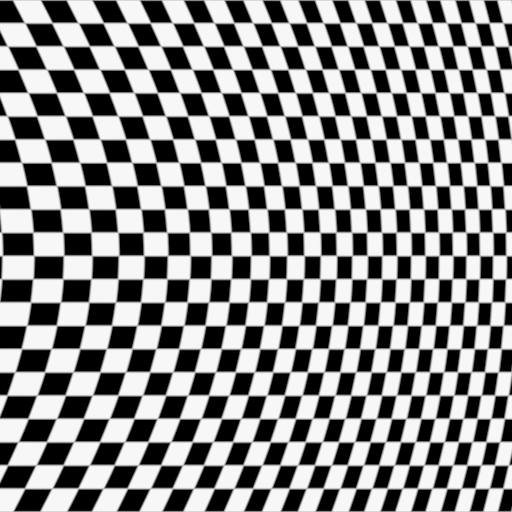
Beta = (0.6, 0, 0)
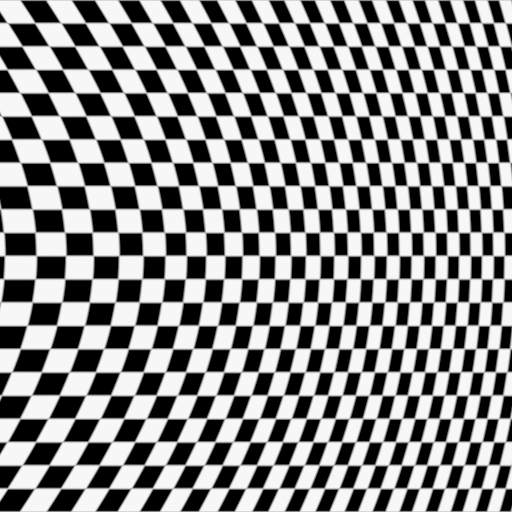
Beta = (0.7, 0, 0)
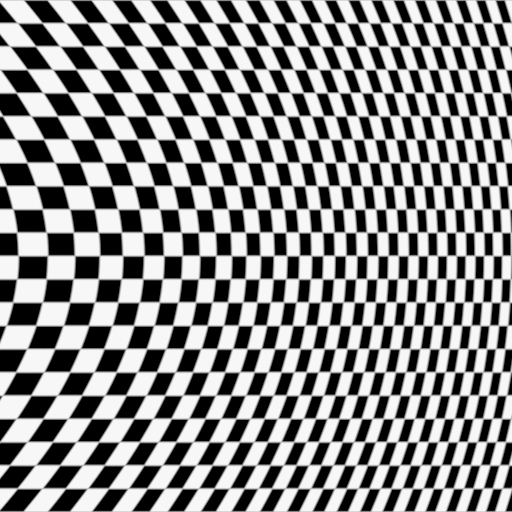
Beta = (0.8, 0, 0)
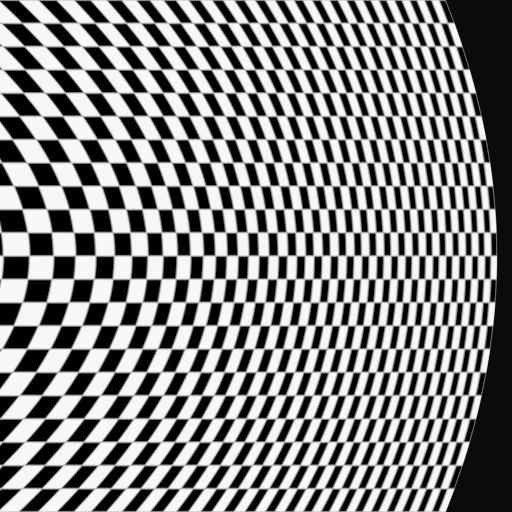
Beta = (0.9, 0, 0)
Lorentz contraction visible, Terrel rotation (sort of) visible.